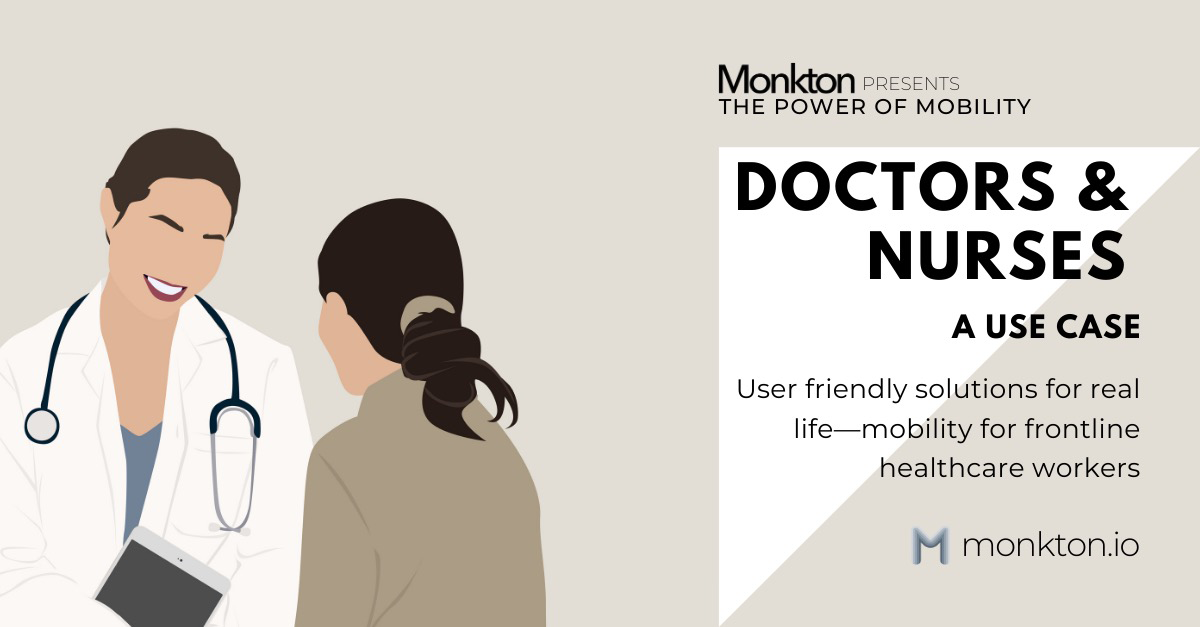Everyday millions of people make appointments to see their doctor or nurse for miscellaneous reasons. Sometimes it may be an emergency and other times it may be a routine checkup, but how often do we consider what the scheduling and charting process looks like for them? Do they suffer from aches and pains due to the behind the scenes patient charting, prescription filling, emails, office tasks, etc.? In a word—YES.
Pre Covid-19, the shift towards online and app-based appointment booking was already happening, but now it is paramount as in-person staff is reduced and access is granted towards those regarded as essential. Many would argue they do not receive enough face to face time with their healthcare provider, and with staffing down that situation is not about to change. The question now becomes if improvements are being made toward the patient experience, why can't the same be true for those truly essential doctors and nurses? If we've said it once, we've said it 101 times—Getting data to the point of use, to either consume or generate is the power of secure mobility.
For comparison purposes, let's assume a typical Family Practitioner works 75 hours a week. Roughly 43% of a doctor's day is spent without patients—meaning the remaining 57% is consumed with the above tasks of charting, emailing, following up on prescriptions, insurance, and other things generally regarded as busy work. It is safe to assume nurses and doctors did not go through all their schooling and training to be behind a desk desperately collecting insurance money and charting patients' records for hours on end.
Secure mobility supports the notion that frontline healthcare workers are meant to spend their time caring for patients through direct communication with documentation at the point of care, not after the fact. Along with improved patient care, secure mobile applications ensure doctors get paid accurately and expeditiously. With the ability to invoice at the point of care, physicians are able to efficiently practice medicine while maintaining accountability between patient and billing.
We all know what it's like to feel overworked and run down. The last thing wanted in an emergency situation is a doctor coming off a 24-hour shift with subpar decision-making skills. The power of a streamlined workflow for nurses and doctors increases productivity and improves patient safety due to less fatigue-related errors. In addition, mobile automation facilitates patient identification, medication management and documentation requirements, but it also helps ease the physical and emotional stress of patient care by managing cognitive workloads, giving health care workers greater control of schedules and workflows, and ultimately supporting more time in direct care of patients.
At the most basic level, secure mobility in any form whether it is tablet or cellular device-based, supports accountability between doctor and patient, which is all anyone really wants. More time to treat patients; more time to ask questions; more time to make the world safer and healthier. As time slips past us, so too should paper based processes that no longer serve a purpose. Leveraging mobile devices in a secure offline capacity is no longer wishful thinking, it's reality. Our doctors and nurses deserve better and it's time the healthcare industry listens and adapts.
